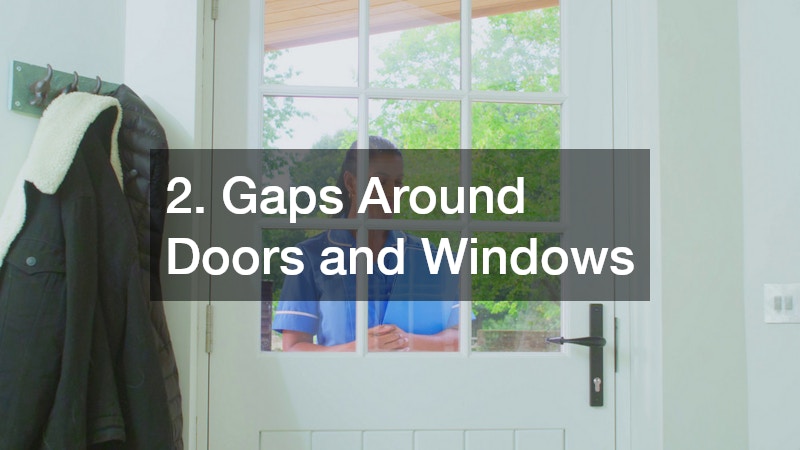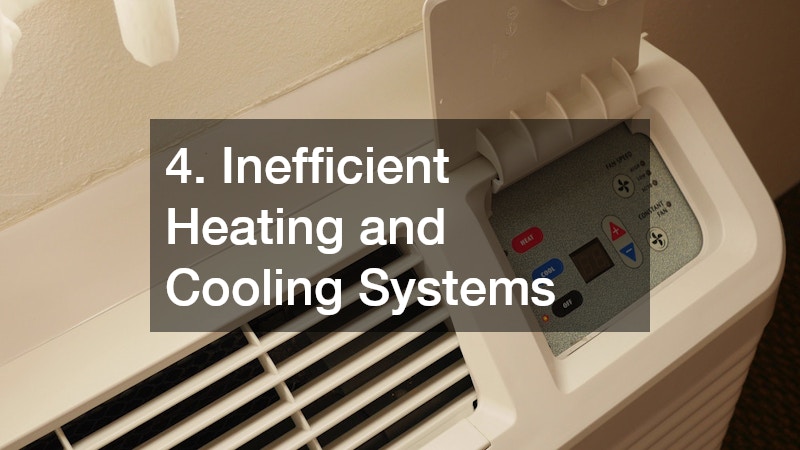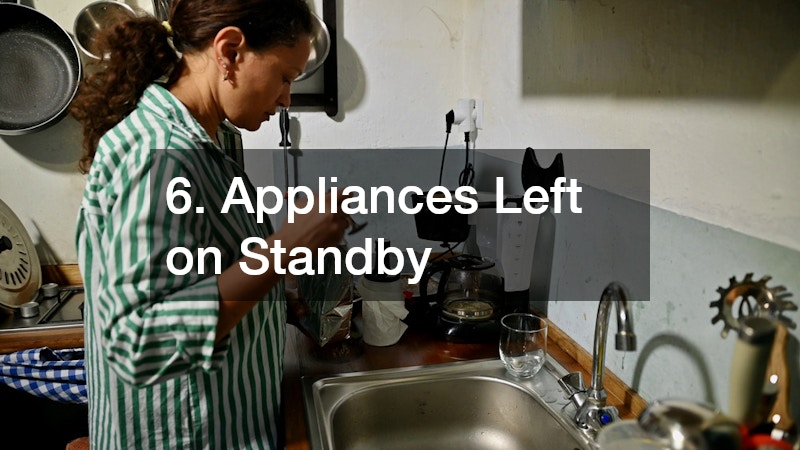Fix These 7 Common Home Issues to Lower Consumption of Energy
Energy efficiency is a top priority for Australian homeowners. Rising electricity costs and environmental concerns make it essential to identify and fix home issues that waste energy. Surprisingly, small problems—often overlooked—can have a big impact on both your bills and your comfort.
From inefficient windows to poorly maintained roofs, addressing these issues promptly can significantly reduce energy consumption. Here are seven common problems to tackle, along with practical solutions you can put on your to-do list.
1. Poorly Insulated Roofs
A roof that lacks proper insulation allows heat to escape in winter and penetrate in summer. This forces your heating and cooling systems to work harder, increasing energy consumption.
Solution: Consult professional roofers to inspect insulation levels and repair or upgrade where necessary. Even minor improvements, such as adding reflective insulation or sealing gaps in the attic, can make a substantial difference. A well-insulated roof not only reduces energy costs but also keeps the home consistently comfortable year-round. Regular maintenance also prevents costly leaks that can affect both energy use and structural integrity.
2. Gaps Around Doors and Windows

Drafts around doors and windows are a major source of energy loss. Even small gaps allow warm or cool air to escape, reducing the effectiveness of your heating or cooling system.
Solution: Seal gaps with weatherstripping or caulking. Installing high-quality roller blinds also helps regulate temperature, keeping rooms cooler in summer and warmer in winter. Layering blinds with curtains can further enhance insulation and even improve soundproofing. Small steps like these can significantly reduce reliance on heating and cooling systems, lowering electricity bills over time.
3. Outdated Lighting
Traditional incandescent bulbs consume far more electricity than modern alternatives. Lighting inefficiency can contribute noticeably to household energy consumption, especially in larger homes.
Solution: Replace old bulbs with energy-efficient LEDs. For more advanced upgrades, an electrician can install smart lighting systems that allow you to control usage, set timers, and dim lights automatically, reducing unnecessary energy draw. Strategically placing lights and using motion sensors in less-frequented areas can also enhance efficiency.
4. Inefficient Heating and Cooling Systems

Old or poorly maintained heating and cooling systems often struggle to maintain a consistent temperature, wasting energy. Dirty filters, blocked vents, or outdated units increase workload and reduce efficiency.
Solution: Schedule regular maintenance with a licensed technician. Small upgrades, like programmable thermostats, can significantly improve efficiency. If your home uses underfloor heating or other specialised systems, an electrician can ensure they’re operating optimally. In some cases, replacing older units with modern, energy-efficient models may have an upfront cost but can save hundreds of dollars annually.
5. Leaky Roof or Gutter Issues
Water damage and leaks don’t just affect structural integrity—they can also increase energy costs. Damp insulation or wet ceilings reduce thermal efficiency and force heating or cooling systems to work harder.
Solution: Engage roofers to inspect and repair leaks, replace damaged tiles, and clean gutters. Properly maintained roofs prevent energy loss and minimise repair expenses down the line. Even minor roof issues, if ignored, can lead to insulation damage that affects the entire home’s energy efficiency.
6. Appliances Left on Standby

Many Australians underestimate the energy consumed by appliances left in standby mode, such as TVs, computers, or kitchen devices. These “phantom loads” can add hundreds of dollars to electricity bills annually.
Solution: Use smart power strips or timers to cut off standby power. An electrician can also install energy-monitoring systems to identify high-consumption devices and optimise usage throughout your home. Additionally, teaching household members to switch off devices when not in use reinforces energy-conscious habits that add up over time.
7. Poor Window Treatments
Windows are a significant source of heat loss and gain. Without effective coverings, your home may lose cool air in summer and warm air in winter.
Solution: Invest in quality roller blinds that offer thermal insulation. Blinds with reflective or layered materials help regulate indoor temperatures and reduce reliance on heating and cooling systems. Pairing blinds with curtains and proper sealing maximises efficiency. Even small additions, like thermal liners or blackout blinds, can dramatically improve comfort and reduce energy costs.
Bonus Tips to Reduce Energy Consumption
- Regular Maintenance: Keep appliances, heating systems, and your roof in good condition. Scheduled inspections can prevent minor issues from becoming major energy drains.
- Smart Home Upgrades: Consider automated lighting, programmable thermostats, or energy-efficient appliances.
- Seal and Insulate: Combine insulation improvements, draft sealing, and roller blinds to create a comprehensive energy-saving strategy.
- Check Seasonal Needs: Summer and winter bring different energy challenges. Adjust blinds, seals, and heating/cooling settings seasonally to optimise efficiency.
Addressing these seven common home issues is a practical way to lower energy consumption, reduce bills, and create a more comfortable living environment. Small fixes like installing roller blinds, scheduling roofers for inspections, or engaging electricians for system upgrades can make a big difference.
By taking proactive steps now, homeowners can enjoy long-term energy savings, improved comfort, and increased property value. Don’t wait for high bills or system failures to force action—start tackling these common issues today and make your home energy-smart.

Post Comment